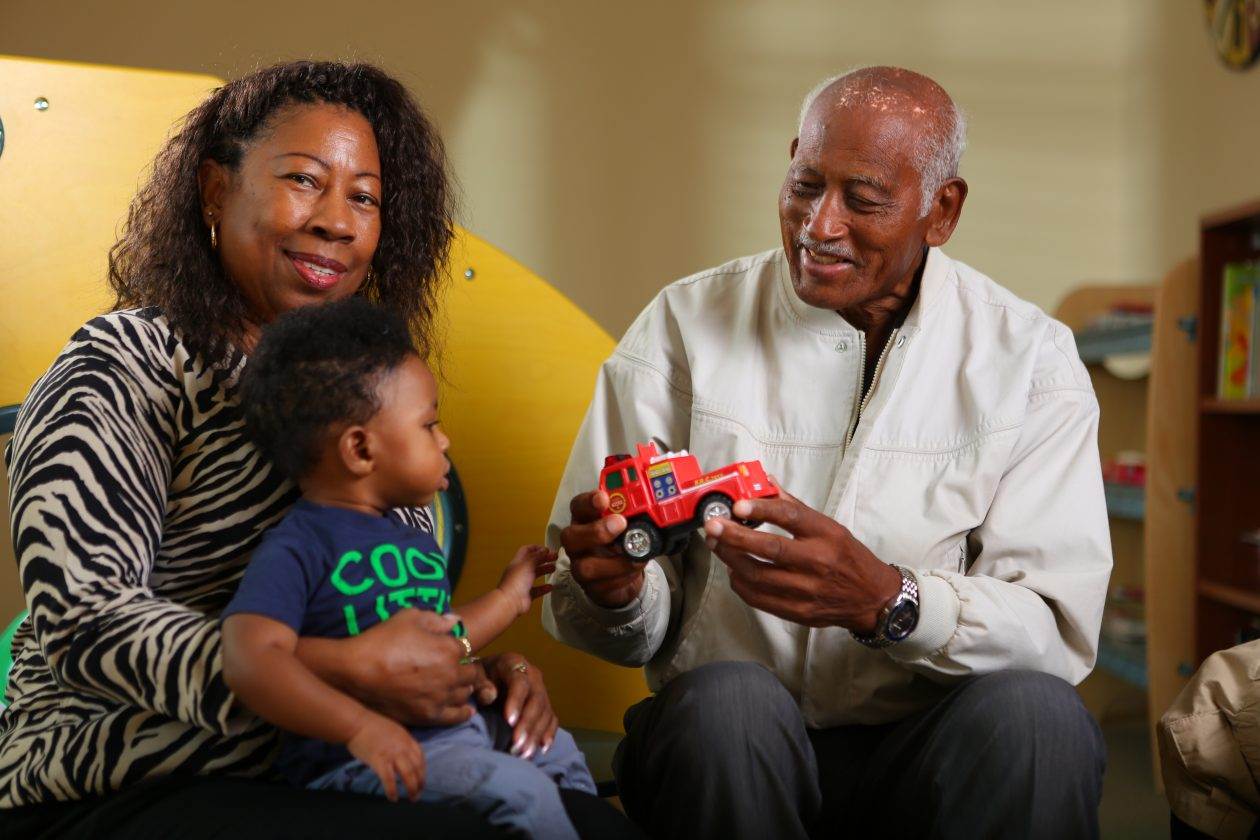At Senior Lifestyle, we know that providing care for a loved one can be a daunting task, as well as an infinitely rewarding one. We understand that caregivers face an ever-changing array of challenges daily; frustration often walks hand in hand with fulfillment as the caregiver provides for both the physical and emotional needs of their loved one and outside support is vital for family caregivers at times when they are unable to be with their loved one. For families without this support, a visit can become quite stressful for both the caregiver and the senior, with quality time often taking a backseat to more urgent matters such as bill-payment and yard maintenance.
Many caregivers describe the pull between practical matters and quality time as a balancing act. For adult children, this balancing act can become more difficult with each visit as more help with activities of daily living becomes necessary for the senior. Relationships between child and parent can become strained as their roles change. Adult children often feel guilty when unable to visit parents as often as they’d like, and even guiltier when they must delegate everyday tasks to their loved one’s friends or neighbors. Ironically, subtle changes in a loved one’s physical appearance, behavior, and ability to manage their surroundings are often more apparent to a long-distance caregiver than to a friend or neighbor who sees the senior regularly.
When visiting a loved one, there are some behaviors to watch for that may indicate a change is necessary for the senior:
- Is the refrigerator adequately stocked? Is the food spoiled? Preparing meals can become a difficult task for the senior; it may be time to look into meal delivery or help with meal prep.
- Are there noticeable changes in the condition of the home? If your loved one has always been neat and tidy and you find that cleaning is going undone, this may be a sign that help is needed with housekeeping duties. The same holds true for personal appearance; dressing and grooming can become burdensome and exhausting for some seniors with decreased mobility.
- Are the bills paid? Do you notice unopened piles of mail? Paying bills and balancing a checkbook can become stressful for your loved one. A trusted friend or family member may need to step in to keep up with money matters.
Finding local resources is a key factor in successful caregiving. Homecare agencies have been a boon to the aging-in-place trend and can often help keep a senior living safely at home longer by providing assistance with activities of daily living such as cleaning, cooking, and laundry. Local senior centers can often provide referrals for services as well. The National Institute on Aging has made several valuable resources available for caregivers who’d like to learn more about how to make the most out of the time they are able to spend with loved ones.
Discovering that your loved one needs more care or help with activities of daily living than can be managed at home? Visit the Senior Lifestyle website to learn more about respite care, independent and assisted living options in your area. Senior Lifestyle believes that preparing for and researching next steps such as respite care and assisted living can help caregivers focus more on quality time with loved ones and less on practical matters relating to safety and care. Shifting this focus helps families make the most of each visit, and that’s what counts.

